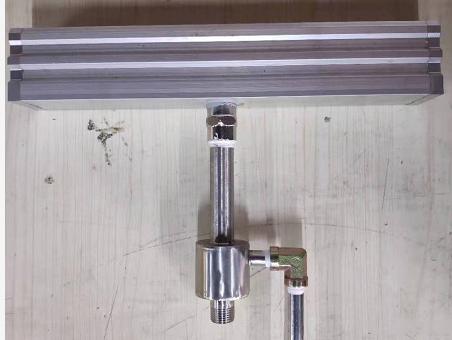high insulation resistance test instrument
High Insulation Resistance Test Instruments Ensuring Electrical Safety and Reliability
Insulation resistance testing is a critical procedure in electrical engineering, ensuring the safety and reliability of electrical systems. High insulation resistance test instruments are specifically designed for this purpose, providing essential data to help identify potential insulation failures in electrical equipment. This article explores the importance of these instruments, their working principles, and their applications in various sectors.
Insulation resistance is a measure of the resistance offered by insulation materials to the flow of electric current. In an ideal scenario, insulators would have infinite resistance, preventing any leakage currents that could lead to equipment malfunction or safety hazards. However, over time, environmental factors such as moisture, dirt, and temperature fluctuations can degrade insulation materials, leading to decreased resistance. This is where high insulation resistance test instruments come into play.
These instruments typically apply a high DC voltage, often ranging from 250V to 5000V, across the insulation of electrical components. The device measures the resulting leakage current, which is then used to calculate the insulation resistance value. A high resistance reading indicates that the insulation is in good condition, whereas a low reading may signal potential problems. Regular testing ensures that electrical systems remain safe and operable, reducing the risk of electrical shocks, fires, or equipment failures.
high insulation resistance test instrument

There are several types of high insulation resistance test instruments available in the market. Analog testers provide simple, straightforward readings, while digital testers offer more advanced features, including data storage, trend analysis, and communication capabilities for integration into larger maintenance systems. Some models are even equipped with memory functions that allow users to record multiple tests over time, making it easier to monitor insulation degradation and assess maintenance needs.
The applications of high insulation resistance test instruments are vast. They are commonly used in sectors such as manufacturing, construction, and utility services, where electrical equipment is prevalent. Power plants, transformers, motors, and generators are just a few examples of equipment that require regular insulation testing. Moreover, these instruments are essential for compliance with safety standards and regulations, ensuring that organizations adhere to industry best practices.
In conclusion, high insulation resistance test instruments are invaluable tools for maintaining the integrity and safety of electrical systems. By regularly assessing insulation resistance, organizations can prevent costly failures, enhance safety, and prolong the lifespan of their electrical equipment. As technology advances, these instruments will continue to evolve, becoming more efficient and user-friendly, thus further contributing to electrical safety and reliability in various industries.
-
Why the Conductor Resistance Constant Temperature Measurement Machine Redefines Precision
NewsJun.20,2025
-
Reliable Testing Starts Here: Why the High Insulation Resistance Measuring Instrument Is a Must-Have
NewsJun.20,2025
-
Flexible Cable Flexing Test Equipment: The Precision Standard for Cable Durability and Performance Testing
NewsJun.20,2025
-
Digital Measurement Projector: Precision Visualization for Modern Manufacturing
NewsJun.20,2025
-
Computer Control Electronic Tensile Tester: Precision and Power for the Modern Metal Industry
NewsJun.20,2025
-
Cable Spark Tester: Your Ultimate Insulation Assurance for Wire and Cable Testing
NewsJun.20,2025
 Copyright © 2025 Hebei Fangyuan Instrument & Equipment Co.,Ltd. All Rights Reserved. Sitemap | Privacy Policy
Copyright © 2025 Hebei Fangyuan Instrument & Equipment Co.,Ltd. All Rights Reserved. Sitemap | Privacy Policy
